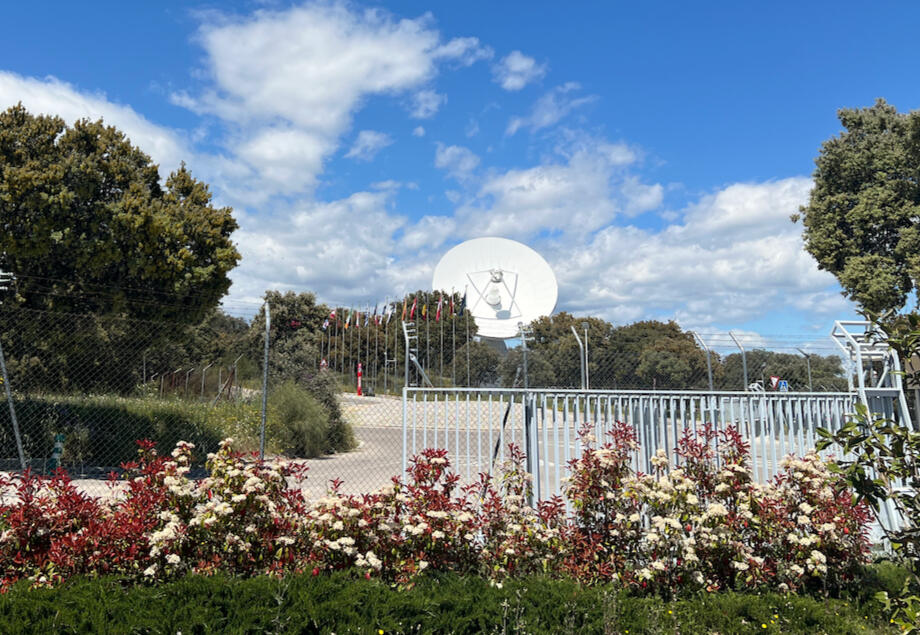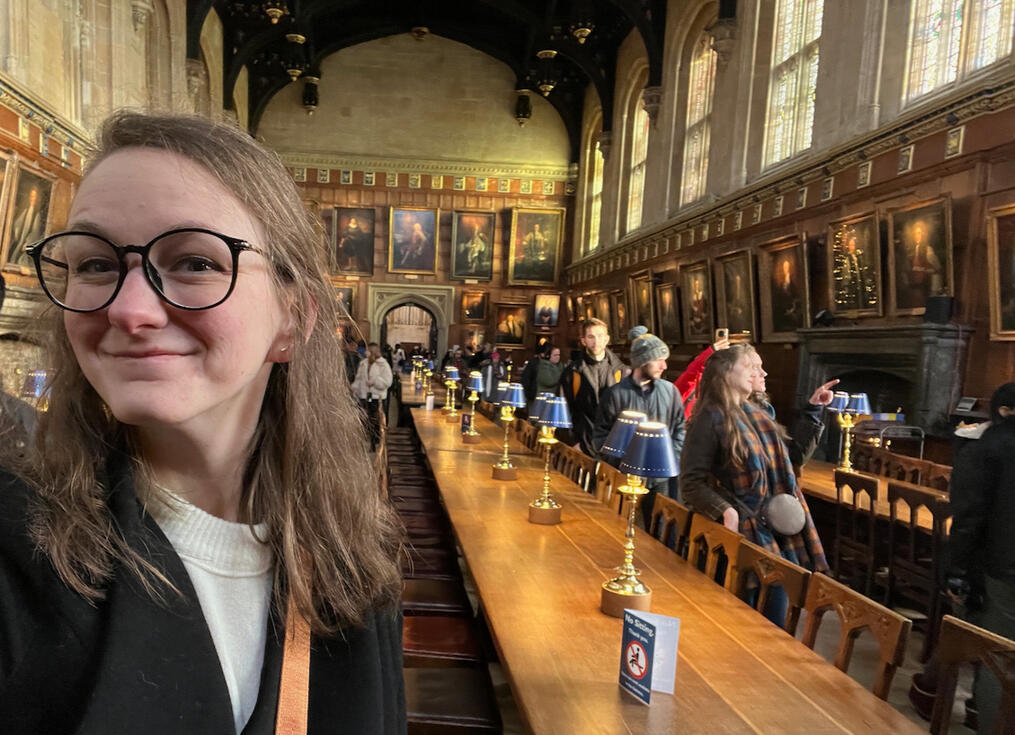
Hayley Roberts
Postdoctoral Astrophysicist // Data scientist
Research
My research interests focus on understanding galaxy evolution, particularly through merging and starburst galaxies. Throughout my PhD and now, I've focused on finding OH megamasers in HI surveys on next-generation radio telescopes as high-redshift indicators of galaxy mergers. As a postdoc, this work has expanded to working with Galaxy Zoo to investigate high-redshift galaxy morphology and characterizing mergers parameters.
Next-Generation OH Megamaser Hunting
OH Megamasers (OHMs) are rare, astrophysical masers produced by major galaxy mergers. The OHM spectral lines can "spoof" similar signals as the 21cm neutral Hydrogen (HI) line from spiral galaxies at different redshifts. While this hasn't yet significantly impacted past HI surveys, current and future surveys on the Square Kilometere Array (SKA) and its precursors will be reaching groundbreaking redshifts and depths - unknowingly detecting science-rich, never-before-seen OHMs. To reduce this "contamination" and utilize OHMs to their fullest potential, a method for sorting OH from HI sources without optical spectroscopic redshifts is absolutely paramount.I have created for a proxy to sort these two populations from each other using near- to mid-IR photometry and a k-Nearest Neighbors algorithm. This method utilizes the vast amount of IR photometry available from missions like WISE and Spitzer's IRAC to measure small differences in star formation that is observed between HI sources and OH megamaser hosts. This can accurately identify OH megamasers over 99% of the time. Read the paper here.This work is done in support of the several current and upcoming HI surveys on Square Kilometre Array (SKA) precusors. This includes Apertif, an HI survey on the Westerbork Synthesis Radio Telescope, where our algorithm correctly identified an early OH megamaser detection (Hess, Roberts, et al. 2021). Looking at the Distant Universe with the MeerKat Array (LADUMA) is another SKA precursor that is utilizing this algorithm and broke the record for the highest redshift OHM detection (Glowacki et al. 2022). This record was broken again only a year later by another survey on the MeerKAT Array (Jarvis et al. 2023).
Discovery of the highest redshift OH megamaser
Looking at the Distant Universe with the MeerKat Array (LADUMA) recently discovered the most distant OH megamaser after just one night of observing on the MeerKAT Array. This discovery is just a first glimpse at the future of OHM detections. My advisor, Jeremy Darling, and I recently were able to chat with Dan Strain about this exciting discovery.

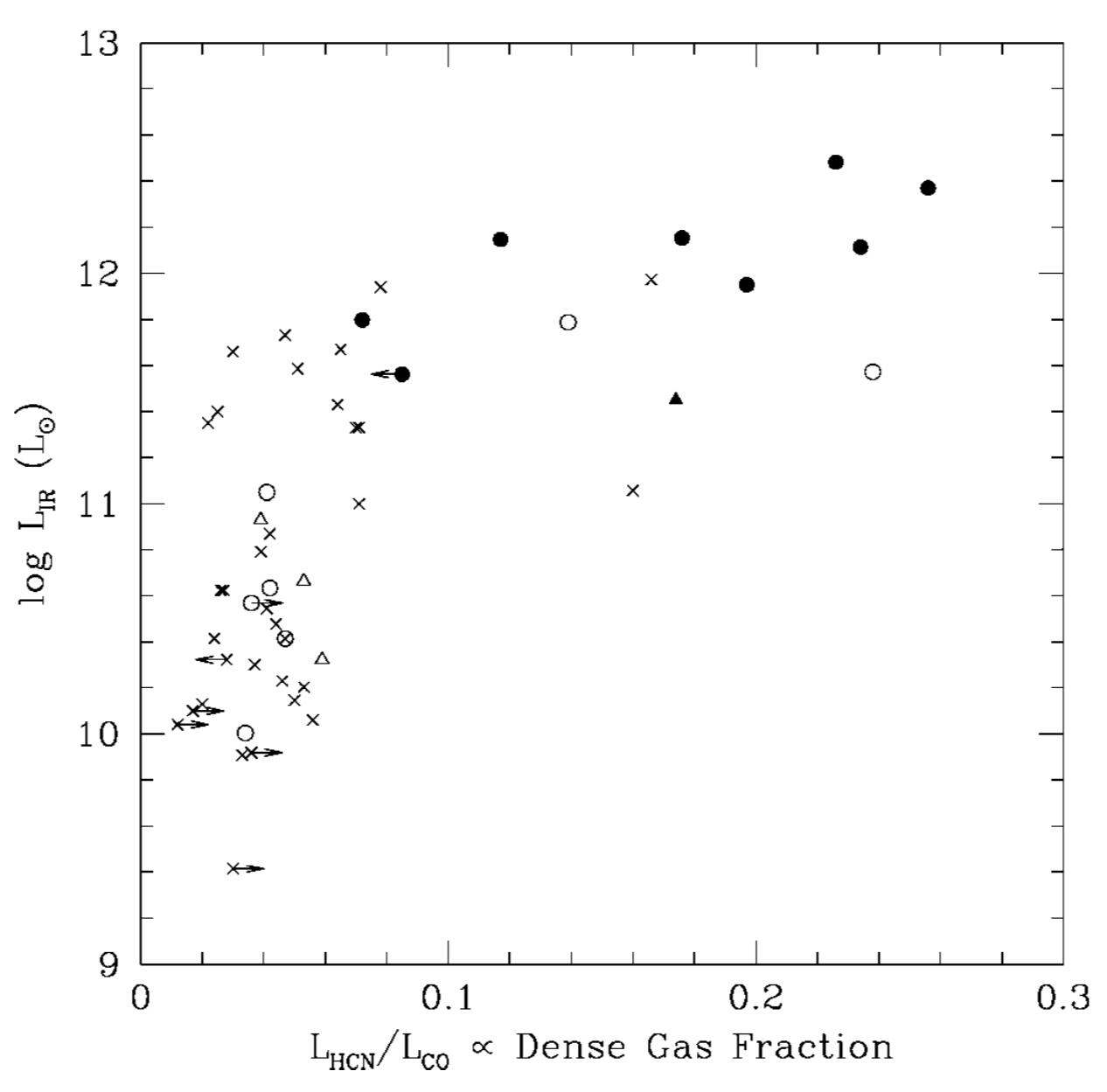
Source: Figure 2 from Darling (2007)
Investigating the underlying physical conditions of OH megamasers hosts
While all OHMs are found in (U)LIRGs, only 1 in 5 (U)LIRGs producing OHMs. This was first explained by Darling (2007) which determined high dense gas fractions were necessary for masing conditions. Recently, I expanded this work to include 3x as many sources by using measurements from literature, obtaining measurements with the Green Bank Telescope and 30m IRAM Telescope, and using archival ALMA data which received a funding support from ALMA. This fresh look at this theory has demonstrated that OHM hosts span a larger diversity than previously thought and that more complicated measurements are required to understand why some (U)LIRGs host OHMs. This work will be published in spring 2023 after all data is obtained.
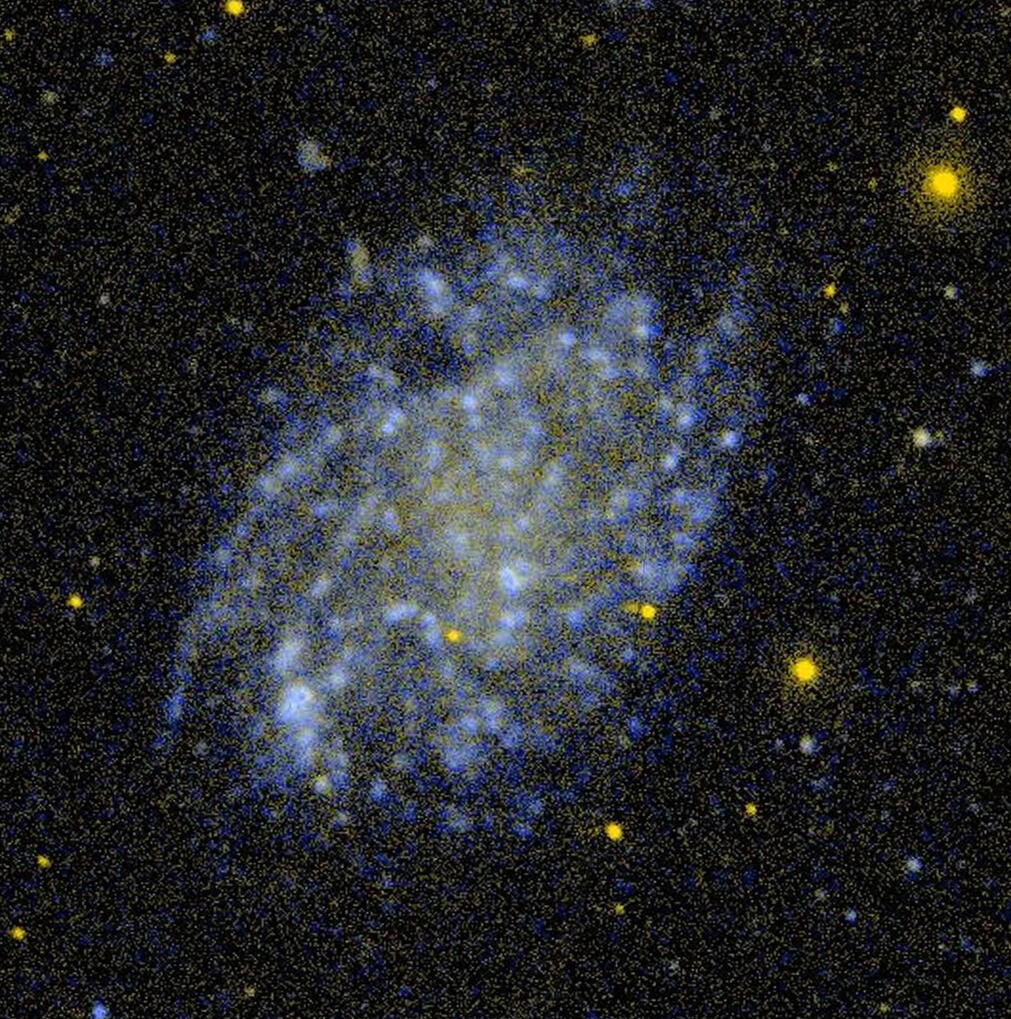
Low surface brightness galaxy, NGC 45. Source: GALEX
Constraining the MBH-Mbulge relation for low surface brightness galaxies
Low surface brightness (LSB) galaxies are diffuse, faint galaxies that account for up to ~50% of all local galaxies (Haberzettl et al. 2007). LSB galaxies are dark matter rich and their evolution is important for understanding galaxy evolution, however their black hole population is almost completely unexplored. Recently, we were awarded Chandra time to constrain the black hole mass-bulge mass relation for radio-selected LSB galaxies. This is the first concerted effort to constrain this relation using X-rays and will be crucial for understanding the evolution of LSB galaxies and their black holes. Read the full abstract here.
Highlights
A gallery of some of my favorite moments and experiences.

Visiting ESA during .Astronomy 13 - Spring 2024

Enjoying Oxford during an extended work visit - Fall 2023

Exploring Swiss villages during the Galaxy Zoo JWST meeting in Bern - Spring 2024

PHISCC 2023 in Cape Town, South Africa - Spring 2023
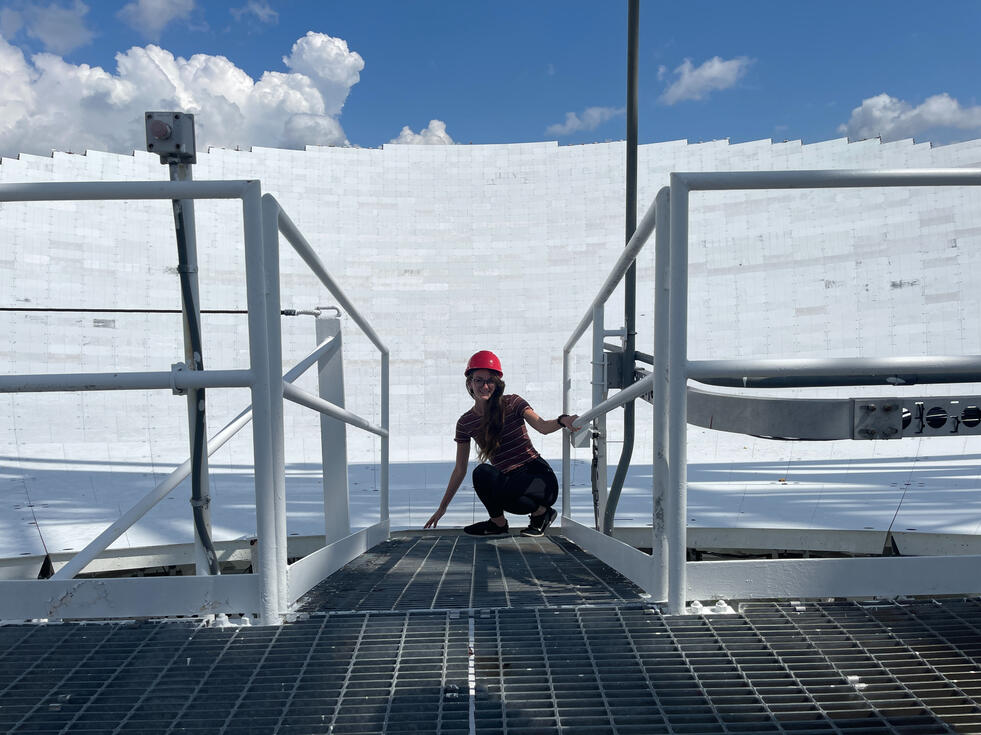
Climbing the Green Bank Telescope's 100m dish - Fall 2021

Visiting the SDSS 2.5m telescope at Apache Point Observatory - Fall 2019
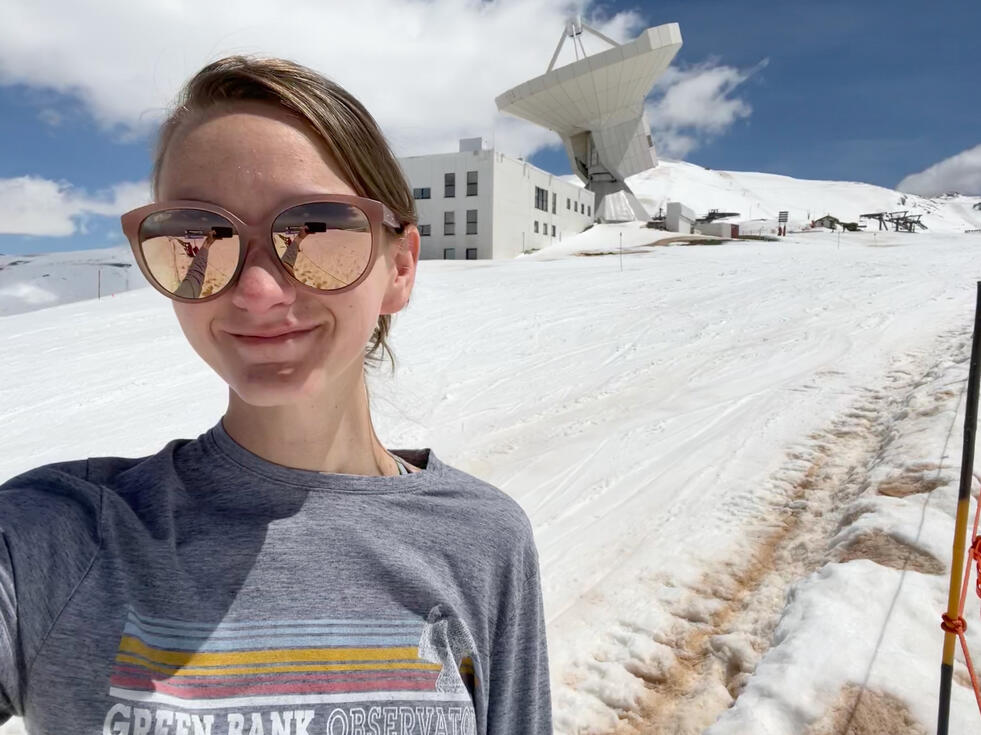
Observing at the IRAM 30m telescope - Spring 2022
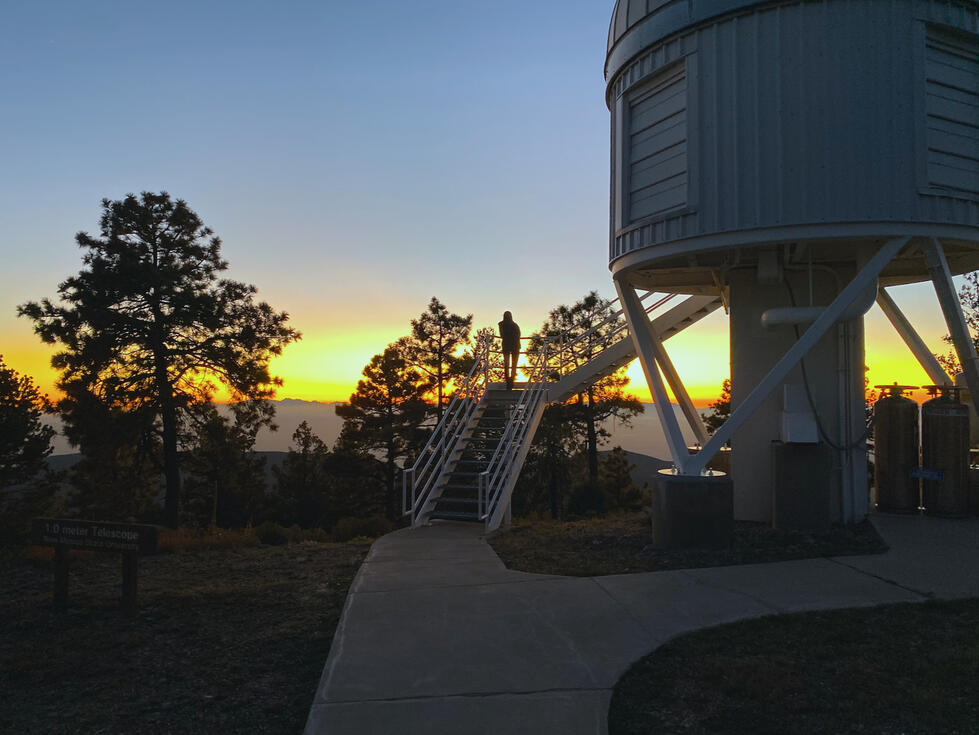
Sunset at the Apache Point Observatory during an observing run on the 3.5m telescope - Fall 2019

AAS 235 in Honolulu, HI - Winter 2020

Astronomer Guide for the 2017 Solar Eclipse in Casper, WY - Fall 2017
About Me
My name is Hayley Roberts (she/her) and I am passionate in all things OH megamasers, galaxy mergers and evolution, and HI surveys as well as data science and visualization.Currently, I am a postdoctoral astrophysicist and data scientist for Zooniverse at the University of Minnesota.I received my PhD from the Astrophysical and Planetary Sciences Department at the University of Colorado - Boulder in Spring 2023. Before graduate school, I received my B.S. in Physics from Illinois Wesleyan University.You can contact me at hayley(at)zooniverse.org.
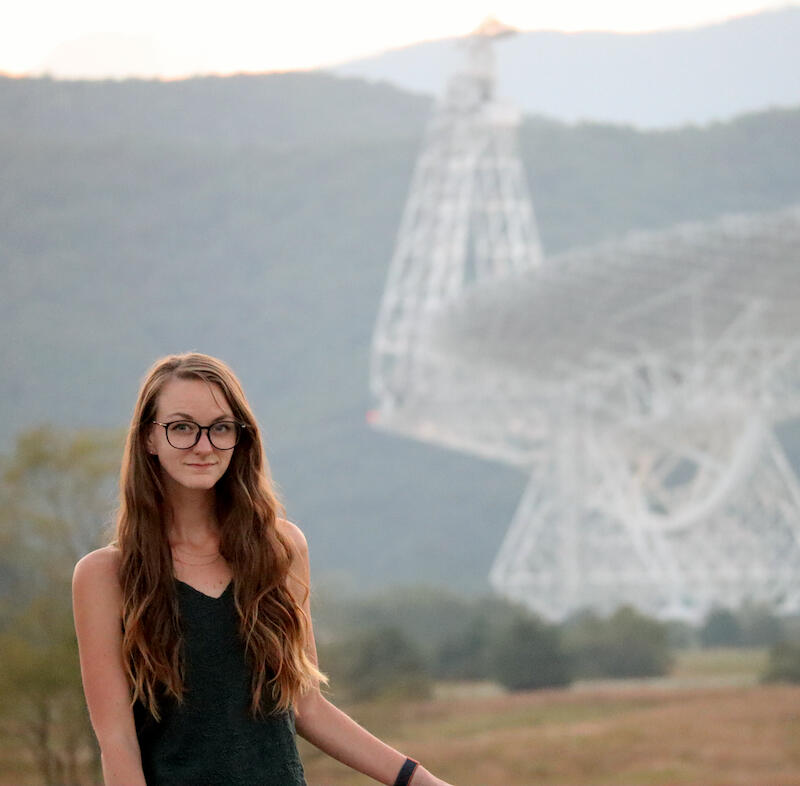
About Me
My name is Hayley Roberts (she/her) and I am passionate in all things OH megamasers, galaxy mergers and evolution, and HI surveys as well as data science and visualization.Currently, I am a postdoctoral astrophysicist and data scientist for Zooniverse at the University of Minnesota.I received my PhD from the Astrophysical and Planetary Sciences Department at the University of Colorado - Boulder in Spring 2023. Before graduate school, I received my B.S. in Physics from Illinois Wesleyan University.You can contact me at hayley(at)zooniverse.org.
